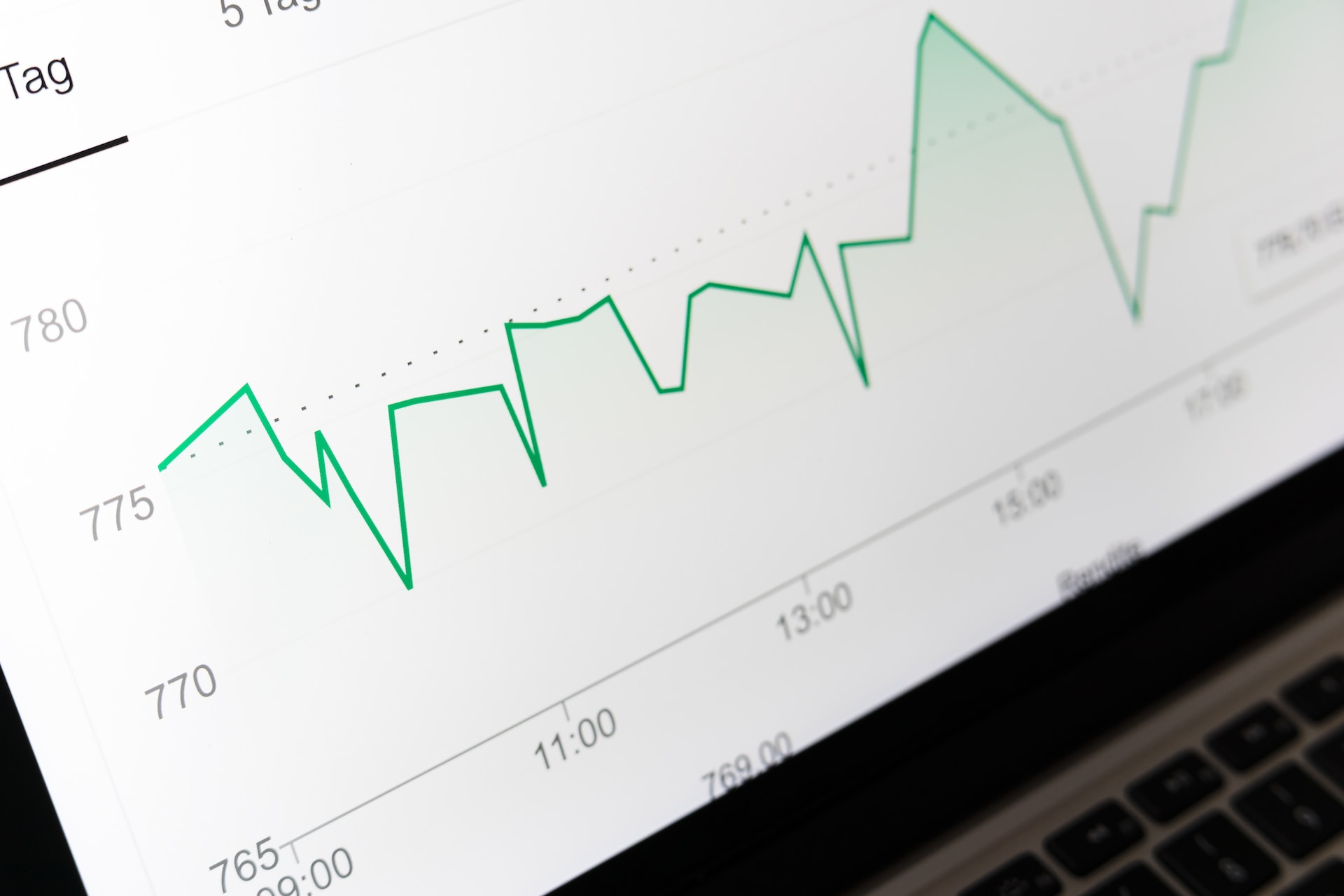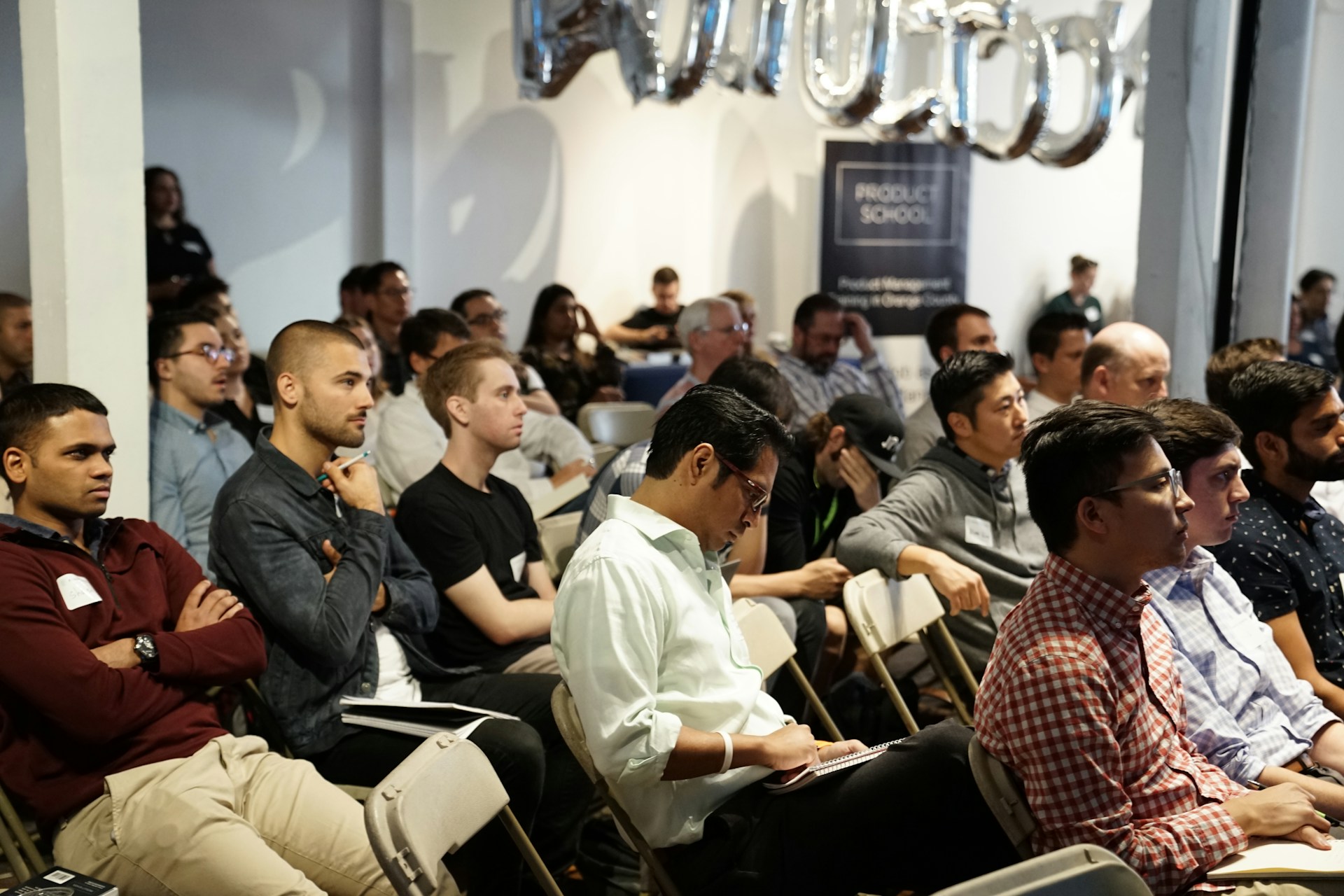In a nutshell:
- HR predictive analytics uses historical data to predict and forecast future HR matters.
- It can help improve recruitment practices, reduce turnover rates, and achieve optimal performance.
- The different phases of HR analytics include descriptive, diagnostic, predictive, and prescriptive analytics.
- Predictive analytics can optimize employee recruitment, skill building, and retention strategies.
- Implementing predictive analytics requires evaluating your tech stack, defining business objectives, addressing knowledge gaps, and considering software factors.
In the last few years, we've all witnessed the struggle to understand employment trends on the macro level. Was it a "Great Resignation" or a "Great Reshuffle"? What motivated thousands of people to make major career shifts? And what's coming next? While these macro trends are tough to understand or foresee, HR predictive analytics tools are now available to help HR professionals get a handle on what's likely to happen in their workplaces.
Predictive HR analytics is the practice of using data analysis and modeling techniques to forecast future outcomes and make informed decisions in the field of human resources. Predictive HR analytics is a powerful tool that allows you to make predictions and forecasts about future HR matters based on historical data. It goes beyond standard HR or "people analytics," which focuses on analyzing past data to identify areas for improvement.
With predictive analytics, you can make predictions about various HR trends and employee behaviors. For example, you can predict which employees are more likely to quit, which candidates will be the most successful, and which new employees will be top performers. By using predictive HR analytics, you can improve recruitment practices, reduce turnover rates, achieve optimal performance, and improve the bottom line. It allows you to take a proactive approach by analyzing data to understand and address potential future problems.
In this article, we'll take a look at how to use predictive HR analytics and its benefits, including insights, examples, and practical applications of predictive HR analytics that can help you optimize your HR strategies.
"One of the best uses of predictive analytics is to help employers connect the dots between employee behavior and retention or attrition."
— Ed Barry, national director of the HR Benefits Technology Practice at Gallagher (source)
Photo by kate.sade on Unsplash
What is Predictive HR Analytics?
Predictive HR analytics refers to applying data analysis and predictive AI techniques to predict future outcomes and make informed decisions within human resources.
Companies can gain insights into trends, patterns, and potential future scenarios by analyzing and interpreting HR and recruiting data. This enables them to make data-driven decisions and take proactive measures to meet their future goals and objectives.
Predictive HR analytics can help organizations optimize their workforce planning, talent acquisition, employee engagement, and retention strategies. By leveraging advanced analytics and predictive modeling, companies can identify potential risks, anticipate talent needs, and develop effective HR strategies to drive business success.
This set of techniques that lets HR professionals analyze data and foresee future happenings within their organization. Using historical data from multiple sources, predictive analytics can help HR leaders anticipate changes in HR trends and workforce behaviors, reducing business risks and capitalizing on opportunities. With predictions in hand, HR teams can deduce insights that enhance decision-making in hiring, training, retention, and employee engagement.
Real-life examples of this toolkit in action include Hewlett Packard predicting and preventing employee turnover, Google using a prediction engine to assess job applicants, and Best Buy reading engagement numbers to predict future outcomes. Predictive analytics helps HR leaders anticipate shifts in trends and workforce behaviors, reducing risks and finding otherwise hidden opportunities.
Despite these promising uses, the adoption of predictive analytics in HR is still low. Research by SHRM found that just 19% of organizations used data to understand patterns they observed (e.g., causal models and other sophisticated analyses). An even smaller proportion — just 4% — used their data to predict future workplace outcomes.
The slow pace of adoption for HR predictive analytics may stem from concern about the complexity of data analysis required, the technical challenges involved, or the difficulty of building and interpreting predictive models.
Fortunately, these concerns can now be alleviated with solutions designed for analysts and businesspeople who want to use everyday language and familiar tools — like SQL — to tackle these predictive challenges. Pecan's Predictive GenAI offers one such solution. But more on that later.
"Organisations are increasingly seeing that having access to predictive talent models means that they can more effectively and efficiently find, recruit, and retain the right people. It can also help them identify current pain points in the organisation and discern where to distribute future investments."
— "The Rise of Analytics in HR: The Era of Talent Intelligence is Here," LinkedIn research report
What are the Different Phases of HR Analytics or HR Predictive Modeling?
HR predictive analytics (aka predictive modeling) involves data analysis techniques to gain insights and predict human resource-related issues. It's actually one of four phases of analytics that HR teams might apply.
The different phases of HR analytics or HR predictive modeling can be categorized into four types:
- Descriptive Analytics: This phase involves gathering and analyzing historical HR data to understand past trends and patterns. It summarizes what has happened in the organization, such as employee turnover rates, recruitment metrics, and performance evaluations.
- Diagnostic Analytics: In this phase, the focus is on identifying the reasons behind the trends and patterns observed in the descriptive analytics phase. It involves analyzing the relationships between different HR variables to uncover the root causes of certain outcomes. For example, it can help determine why certain departments have higher turnover rates or why certain employees are more engaged than others.
- Predictive Analytics: This phase uses statistical models and algorithms to make predictions about future HR outcomes. It involves analyzing historical data to identify patterns and trends that can be used to forecast future events. For example, a predictive analytics framework can be used to predict employee attrition, identify high-potential candidates, or forecast workforce demand.
- Prescriptive Analytics: The final phase of HR analytics focuses on providing recommendations and actionable insights based on the predictions made in the previous phases. It helps HR professionals make informed decisions and take proactive measures to optimize HR processes and outcomes. For example, prescriptive analytics can suggest interventions to reduce employee turnover or recommend training programs to improve employee performance.
By going through these four phases of HR analytics, organizations can gain a deeper understanding of their workforce, make data-driven decisions, and improve overall HR effectiveness.
Photo by Markus Winkler on Unsplash
HR Predictive Analytics for Employee Recruitment: Optimize Sources, Predict Success, and Improve Metrics
Predictive analytics can support HR teams in a variety of ways during the recruitment stage of employees' journey with a company.
First, HR teams can optimize the channels they use to recruit new employees. The quest for top talent involves navigating a myriad of recruitment channels, but it doesn't have to be a maze when predictive analytics is involved. Understanding the performance of different recruitment sources is critical, and predictive analytics allows HR to dissect data on successful hires. HR teams can optimize their recruitment strategies by discerning which channels consistently yield top talent, perhaps where their employer brand is best communicated. Then, teams can sink more resources into the platforms and channels that consistently deliver positive outcomes. This data-driven strategy maximizes ROI in recruitment initiatives.
Once candidates are in line, predictive analytics can also help HR teams seeking to enhance their candidate selection process. By building predicitve models with historical data, predicting and evaluating candidates' success potential is possible. Through a meticulous analysis of the traits and experiences of high-performing employees, HR professionals can discern patterns and identify candidates who exhibit similar characteristics. These new hires are more likely to reflect the proven qualities contributing to organizational success.
Additionally, predictive analytics plays a pivotal role in improving time-to-fill metrics. By identifying potential bottlenecks in recruitment and suggesting enhancements, HR ensures critical positions are filled promptly, minimizing disruptions and productivity loss, contributing to risk management, and maintaining smooth workflows in the organization.
HR Predictive Analytics for Employee Skill Building
Which skills do employees lack to support an organization's larger success? That's a tough question to answer, but predictive analytics assists by offering a strategic lens on skill gaps within the organization.
Predictive models can forecast future skill shortages, empowering HR to address these gaps proactively. It helps companies identify performance gaps and areas where employees are struggling or could have more room for improvement. Whether through targeted training programs or strategic recruitment drives, HR can ensure the organization is equipped with the skills needed for future challenges (and, as we've all seen, jobs are being transformed today by AI, data analytics, and other new technologies).
Photo by Product School on Unsplash
HR Predictive Analytics for Employee Retention
Once employees are onboarded and trained, a new question has to be addressed: Will they stay? Fortunately, predictive analytics can also assist with employee retention by thoroughly examining historical data on employees who have stayed or departed, and the information gathered during their tenure.
A predictive approach not only identifies flight risks, but it also can identify patterns and factors associated with employee turnover. By recognizing early indicators, HR teams can proactively address potential flight risks before they escalate, contributing to a more stable workforce.
How does this predictive process work? HR teams leverage predictive workforce analytics to construct retention models based on various data points. These models consider factors such as employee performance data, engagement data, and career progression. By understanding these correlations and patterns, HR specialists can predict how different process and motivation schemes will influence employee performance.
By understanding the significant contributors to employee retention, HR can implement targeted interventions, reinforcing the organization's ability to retain valuable talent and reduce attrition.
Personalized engagement strategies can be part of those interventions. HR professionals can use predictions to inform interactions with individuals, delving into individual preferences and career aspirations. This proactive conversation can shape development plans, benefits, and recognition programs on the individual and organizational levels. This tailored approach enhances job satisfaction and cultivates employee loyalty. It's a strategic, data-driven approach to employee well-being and organizational stability.
The Impact of HR Predictive Analytics on Organizational Performance and Employee Satisfaction
When HR teams can foresee candidates' future and optimize their time within the organization through these predictive methods, employees are likely to have a far better experience. When employees are happier and trust they have opportunities to progress, they tend to be more productive and enthusiastic. In short, these outcomes support employee satisfaction and improve organizational performance.
It's amazing what some data and math can do to drive success for HR teams and their organizations.
Photo by Austin Distel on Unsplash
A Guide to Implementing Predictive Analytics in HR
First, embarking on the journey of predictive analytics in HR requires a thoughtful evaluation of your tech stack. Ensuring that you have the essential tools and infrastructure in place is akin to laying a sturdy foundation. This technological groundwork sets the stage for harnessing the power of predictive people analytics in optimizing HR strategies.
Second, strategic clarity is critical. Start by defining clear business objectives. Aligning these initiatives with your overall HR strategy and goals ensures a harmonious integration of predictive analytics into your organizational framework. Think of it as creating a roadmap that leads to tangible improvements in HR processes and outcomes.
Third, address potential shortcomings in knowledge and skills related to predictive analytics. Invest in training and education for HR professionals to enhance their capabilities in this area. It's a proactive approach to bridge the knowledge gap, empowering your team to make the most of predictive insights. Simultaneously, recognize the importance of data quality. Ensure access to high-quality, relevant data and establish robust data governance processes to uphold accuracy and integrity in your predictive analytics endeavors.
Fourth, consider enlisting the expertise of predictive analytics solution providers who specialize in supporting AI implementation. These professionals act as guides, helping you through the process and providing invaluable support in overcoming any challenges that may arise. This skilled guidance can create a much smoother transition into the realm of predictive analytics.
Selecting HR Predictive Analytics Software: Key Factors to Consider
When selecting people analytics software for HR predictive analytics, it is important to consider the following factors:
- Integration: Opt for a tool that seamlessly integrates with existing HR systems, creating a cohesive ecosystem for accurate predictive modeling.
- Scalability: Look for software with scalability, capable of expanding alongside the organization's growth.
- User-Friendly Interface: Choose tools with a user-friendly interface featuring intuitive dashboards, visualizations, and reporting features.
- Explainability: Select a tool that explains its predictions, offering insights into the rationale behind predictions and facilitating informed decision-making.
- Data Security and Compliance: Ensure the chosen tool adheres to data privacy regulations and implements robust security measures.
- Support and Training: Consider the level of support and training the vendor provides to ensure effective use of the tool and maximize its benefits.
- Cost and ROI: Evaluate the total cost of ownership and estimate how the tool's insights can positively impact HR outcomes and organizational performance.
- User Feedback and Reviews: Before deciding, seek feedback from HR professionals and read reviews from other organizations to gain insights into the tool's strengths and weaknesses.
Ethical Considerations in the Use of Predictive Analytics in HR
HR professionals must approach predictive analytics with a careful and ethical mindset to avoid potential negative impacts on employees.
It's crucial to recognize that while some employees may welcome data-driven insights into their performance or development, others may view it as intrusive. Striking the right balance is critical. As SHRM recommends, HR professionals should adopt a "don't be creepy" approach when deciding how to leverage data obtained through predictive analytics.
HR professionals must also be vigilant to ensure that predictive analytics doesn't inadvertently lead to discrimination or bias against specific employees. This requires a conscientious effort to uphold fairness and equity in all aspects of workforce management.
Building transparency and fostering clear communication about the implementation and objectives of predictive analytics are essential components of a responsible approach. These measures not only help with employee concerns but also build trust within the workforce.
Overall, a thoughtful and considerate approach to predictive analytics not only harnesses its potential benefits but also safeguards the well-being and perceptions of the employees it seeks to understand.
Photo by Christina @ wocintechchat.com on Unsplash
Other Concerns About HR Predictive Analytics and How to Address Them
Could HR predictive analytics lead to relying too heavily on data, leaving out human intuition and judgment?
It's important to view predictive analytics as a complementary tool for HR teams rather than replacing human insight. The goal is not to diminish the value of human intuition but to enhance it. Predictive analytics is an additional resource, providing data-driven insights that can inform and guide decision-making. When used judiciously, it empowers HR professionals to make more informed and objective decisions, ensuring a balanced approach that embraces data-driven evidence and the nuanced perspectives offered by human intuition and judgment. It's not about replacing the other; it's about achieving a harmonious blend that maximizes the strengths of data-driven analysis and human expertise.
Does HR predictive analytics overlook how external factors might affect employee behavior and performance?
While this is a valid consideration, it's crucial to understand that predictive analytics is designed to complement rather than overshadow the multifaceted nature of employee dynamics. Predictive models can indeed be robust, but they are most effective when integrated with a comprehensive understanding of external variables. By combining the insights derived from predictive analytics with a nuanced awareness of external influences, HR professionals can better understand employee behavior. It's not a matter of neglecting external factors. Instead, when used in conjunction with human understanding, predictive analytics enhances our ability to navigate the complex interplay of internal and external elements impacting employee performance. In this way, predictive analytics becomes a valuable ally in decision-making, bringing fresh insights.
Does HR predictive analytics prioritize short-term outcomes at the expense of long-term employee development and well-being?
Like any tool, it's all in how you use it. By designing predictive models with a forward-thinking perspective, HR professionals can ensure that the insights generated contribute to both short-term objectives and the overarching goals of long-term employee development and well-being. When applied judiciously, predictive analytics becomes a roadmap that aligns short-term gains with sustained employee growth. Predictive analysis can guide the delicate balance between immediate needs and employees' ongoing welfare.
Start Your Journey with HR Predictive Analytics
The potential benefits of HR predictive analytics cannot be overstated. From employee retention and recruitment to organizational performance and decision-making, predictive analytics can transform HR practices. Businesses can enhance talent management, improve employee assessment, and optimize team productivity.
With its versatile, accessible predictive analytics platform, Pecan can help you implement various predictive models to support your HR team. Whether it's modeling employee attrition, identifying flight risks, forecasting workforce needs, or other applications, our tested and accurate automated predictive modeling can handle your HR needs. Additionally, you can use our Predictive GenAI capabilities to start your predictive journey with just a simple, natural-language chat.
If you're ready to harness the power of predictive analytics in your HR strategies, talk to us today or start a free trial, and let us guide you towards success.









